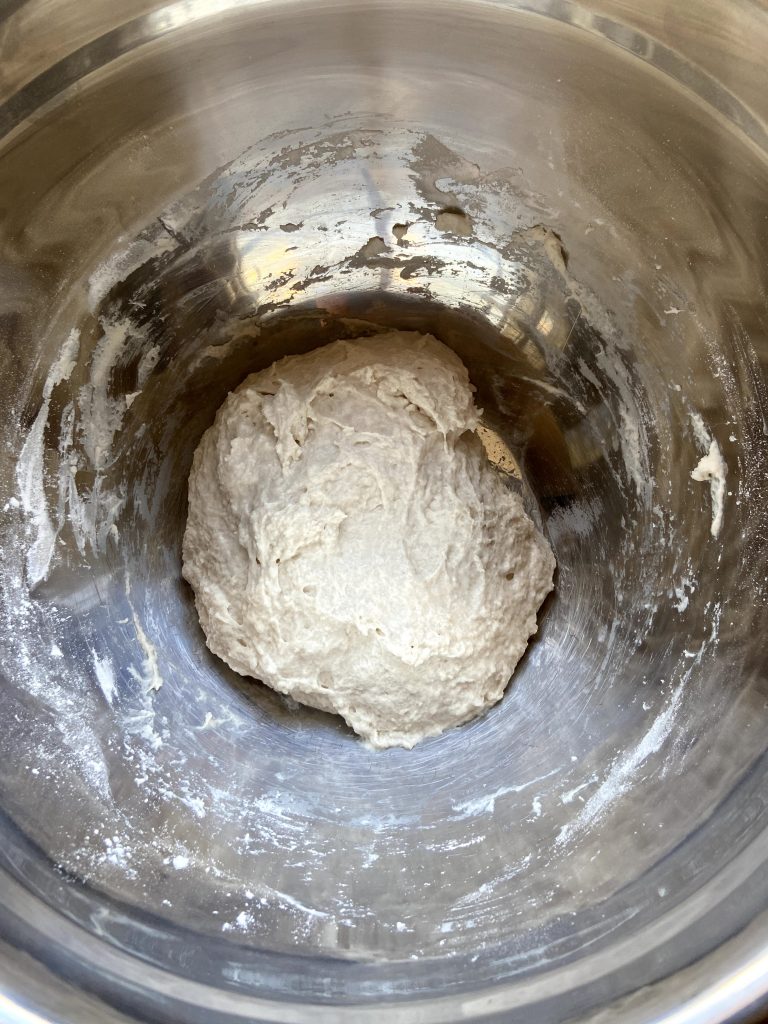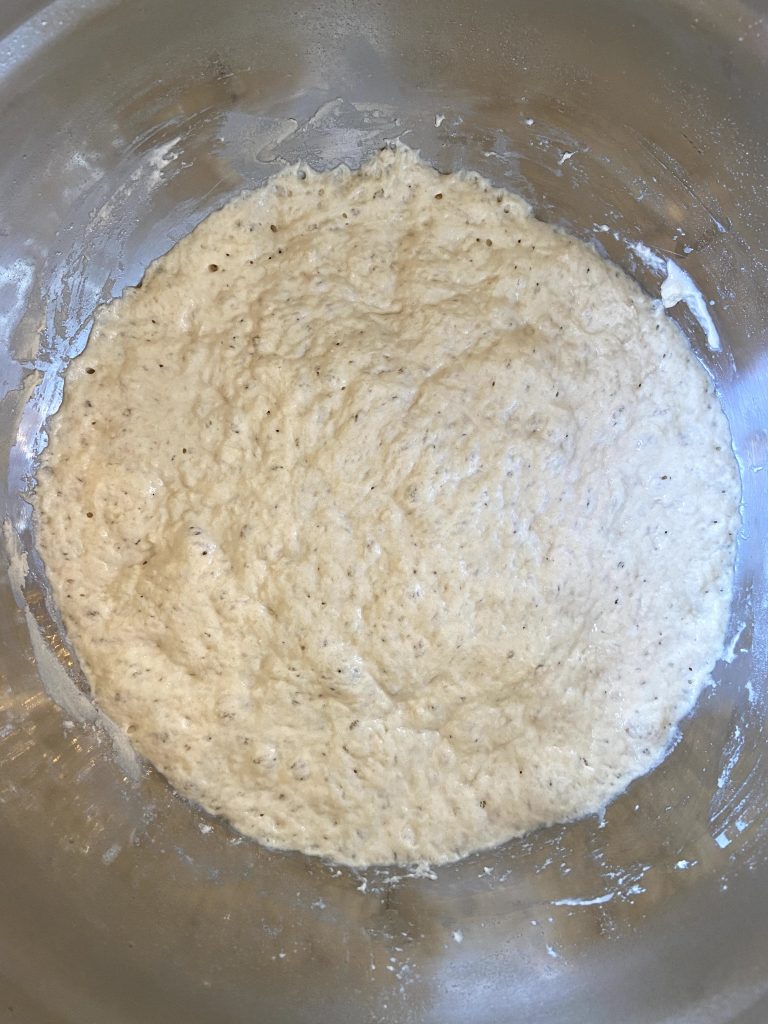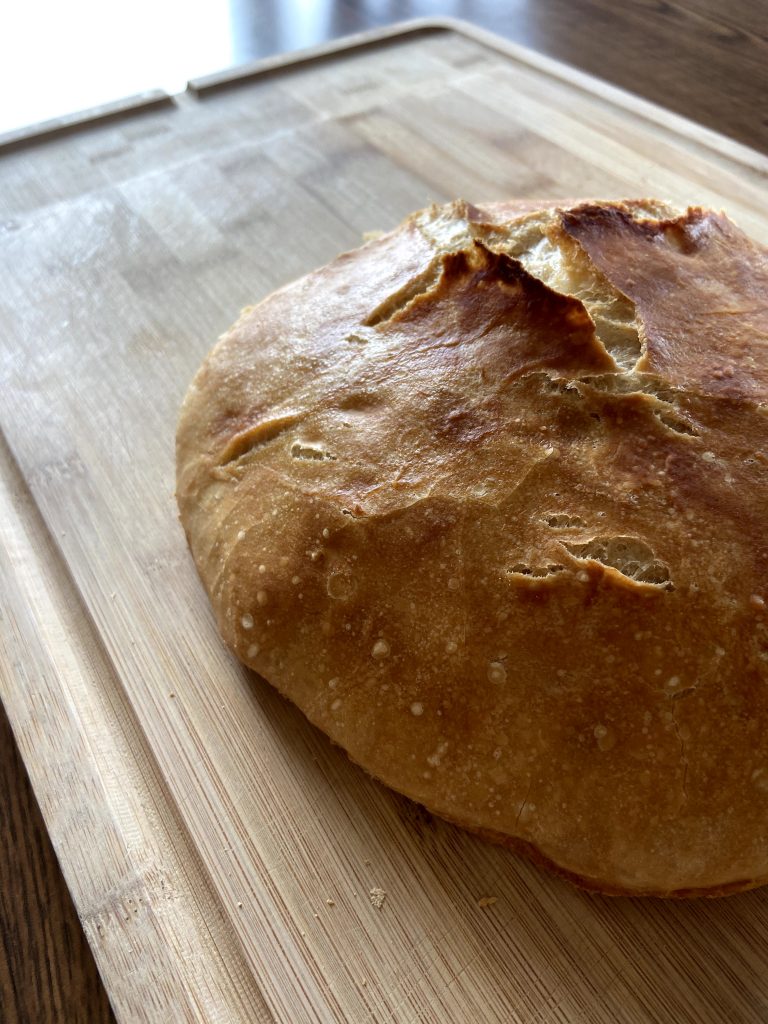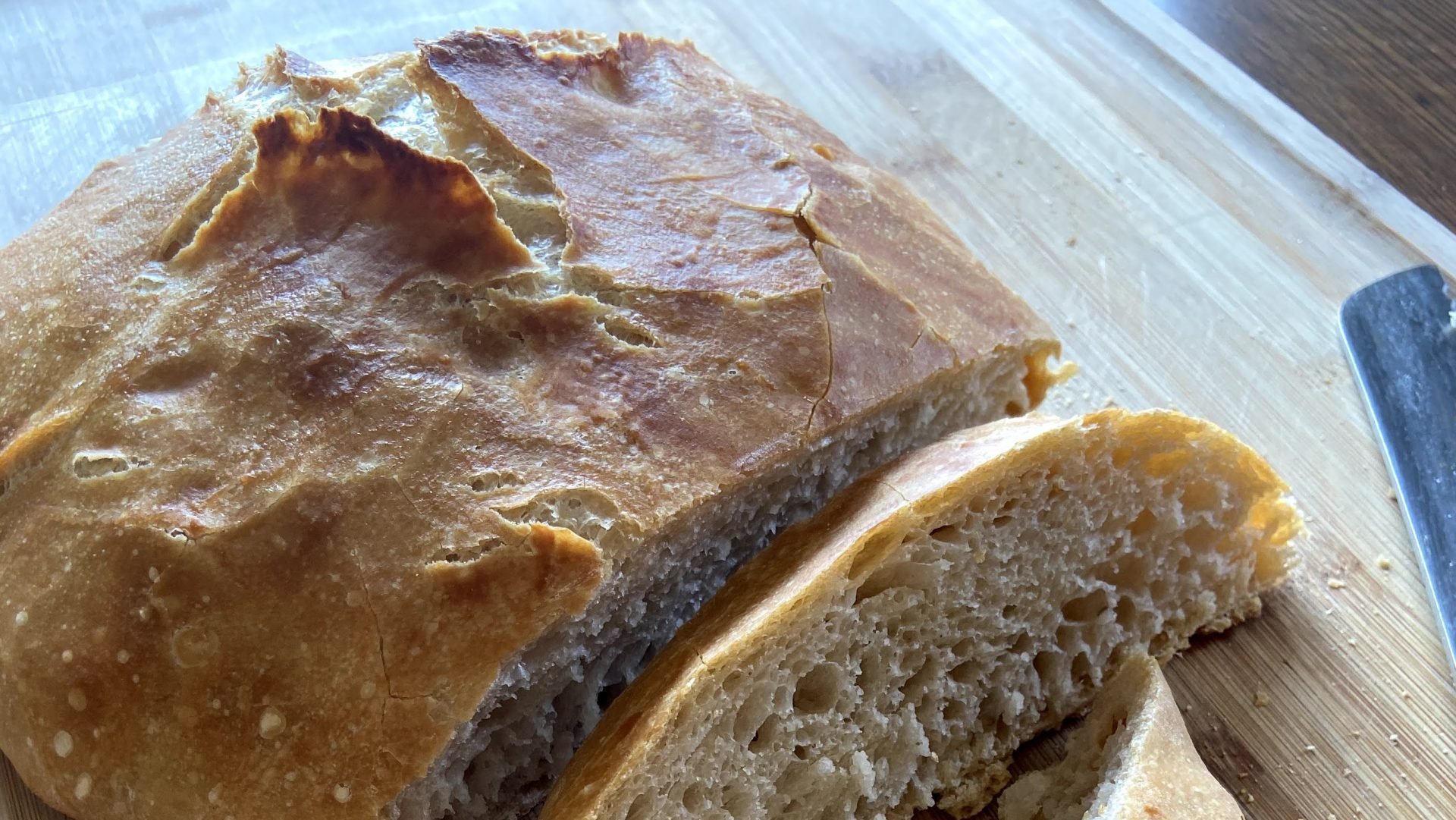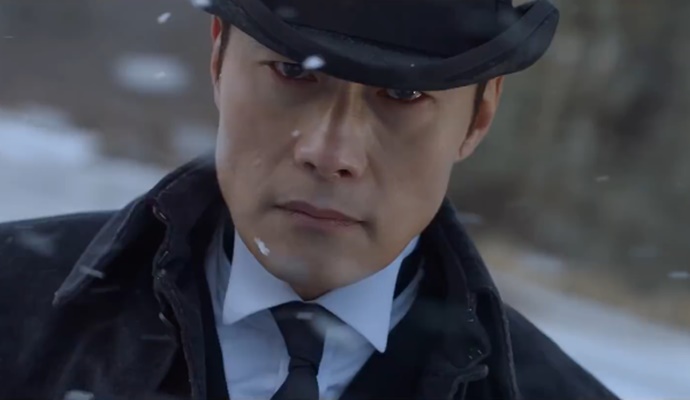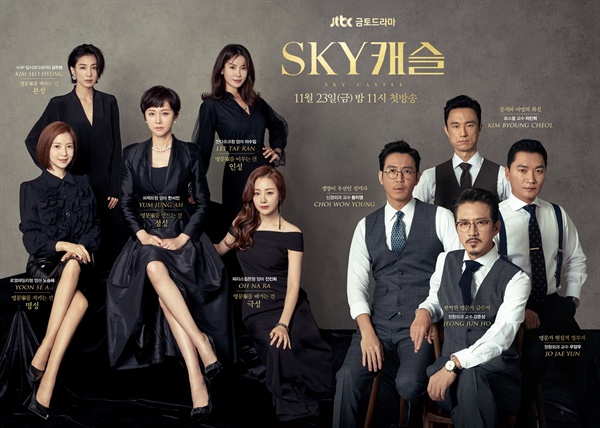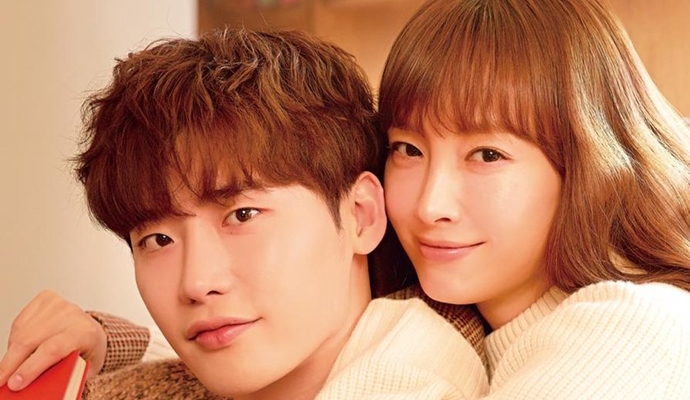When did you last eat chocolate? If you’re anything like the average Brit, your answer will likely fall within the last 48 hours. But what is the cost of our sweet tooth, and how can we make sure the chocolate we eat is ethically and sustainably produced?
When I was young, my dad would take me to our local corner shop every Friday after school. I can’t remember exactly when this ritual started, but it lasted for most of primary school. Dad would chat to the elderly man behind the counter and I would pick two bars of chocolate off the shelf. Sometimes this would be easy – other times I would spend several minutes mulling over the options. There was only ever one rule for this Friday night trip: I had to choose two different bars, so that Dad and I could trade a square outside the shop.
It’s a fond memory and, much to my mum’s dismay, probably explains my insatiable sweet tooth. Over the years my tastes have matured a little, and I’ll take a bar of 85% Green & Blacks over a Crunchie any day of the week. Still, my love of chocolate is still very much present.
Thankfully I don’t feel guilty about this, safe in the knowledge that my obsession is shared by many. In fact, our infatuation with chocolate can be traced back centuries, during which we’ve romanticised, fetishised and even worshipped the cocoa bean. The Aztecs believed that cacao seeds were a gift from the heavens and were so valuable that they were used as currency. A few hundred years later in 17th century France, hot chocolate was revered by courtiers at Versailles who vouched for its power as an aphrodisiac.
This mythical status gradually fell away as technology progressed. Ever ingenious, the Victorians catalysed a seismic shift in the chocolate industry and, with mass-production and supply chain streamlining, the treat was suddenly within reach of the working class.
Nowadays we’d be hard pressed to imagine a world without chocolate. Whether bars, blocks, slabs, squares, eggs or bunnies, we just can’t get enough. The UK occupies a healthy – or perhaps not so healthy – fourth place in global consumption rankings, hot on the heels of our European cousins in Switzerland, Germany and Ireland. To be more precise, your average Brit consumes 9.5kg of chocolate each year (for the curious, this equates to 530 Freddos, or 212 bars of Dairy Milk). It’s no wonder our doctors and dentists are under strain. More concerning however is that our chocolatey love affair isn’t just clogging our arteries and rotting our teeth – it’s destroying the planet.
If the industry fails to change, we’re at risk of damaging the planet beyond repair. That’s according to a 2015 study published in the journal Food Research International, which looked at the environmental impacts of chocolate production. The sheer scale of the problem may come as a surprise to many. In my bid to help the planet I stopped eating meat three years ago, traded cow’s milk for an oat-based substitute, and avoid purchasing foods with a disproportionate carbon footprint. Put simply, I thought I’d all but nailed the ‘woke millennial’ trifecta. But this was not the case.
The report analysed the damage wrought by ingredients, manufacturing and packaging. Food Research International found that in Britain alone the chocolate industry produces the equivalent of more than 2 million metric tons of carbon dioxide each year – roughly equal to that produced by a city the size of Belfast. Chocolate’s raw materials – sugar, palm oil and packaging components – are drivers of deforestation, and their farming is incredibly difficult for governments to regulate.
Dig a little deeper and it becomes clear that the impact of cocoa farming extends far beyond carbon footprint. Just as the consequences of fast-fashion are felt primarily by sweatshop workers, the brunt of cheap chocolate production is borne by some of the poorest communities around the world. Cocoa farmers rely heavily on questionable employment practices and, despite claims from industry giants, child labor still plagues farms in Western Africa. Between 2013 and 2014, an estimated 2 million children were thought to be working in the cocoa trade in Ghana and Ivory Coast alone.
‘But I only buy fair-trade!’ you may exclaim. While in theory buying fair-trade is a sensible move, in practice it has become clear that such labels carry little weight. Chocolate with certifications from Fair Trade and the Rainforest Alliance may claim to respect the rights and needs of workers, but those certifications rarely prove to be entirely free from exploitative labour practices. This is even more clear as most fair-trade inspections do not happen regularly – giving farm owners plenty of time to hide their unethical practices. Panorama revealed that in September 2009 seven cocoa farms were suspended in Ghana due to evidence of child labour. Further investigation showed that both Cadbury and Divine were supplied by these growers. Even aside from these practices, the economic downsides of fair-trade are numerous, with minimum price guidelines both limiting income for growers and discouraging output of higher quality cocoa.
Many of these problems have been acknowledged by industry leaders and policymakers who are supposedly working hard to reduce the human and environmental costs of chocolate production. EU proposals to promote better land and resource management in target countries, as well as supporting research on sustainable farming practices, go some way to address key issues. However, The Guardian first reported on such plans in early 2018 and we’re yet to see any tangible benefits from these plans. Thankfully, chocolate companies have largely been receptive to proposed changes, showing there is genuine interest in improving business practices. In line with their sustainability goals, Nestlé now monitors ‘100% of [their] palm oil supply chain using satellite technology’ and in 2018 they joined the High Carbon Stock Approach Steering Group to further improve conduct. Change is coming, but it’s going to take time.
To truly improve the industry will require effort from both consumers and corporations. On a personal level we have the power to turn the industry on its head, and with Easter just around the corner it’s more important than ever that we shop responsibly. Easter chocolate sales make up 10% of Britain’s annual spending on chocolate with a staggering 80 million eggs sold each year. Whilst tempting, these eggs are among the key culprits when it comes to carbon emissions. Cheap milk chocolate married with excessive packaging makes for a killer combination. The solution is simple: steer clear of eggs and opt for bars instead. Chances are the product will taste nicer, and you’ll do your bit to reduce the 80 million tons of food packaging we generate each year.
For those prepared to spend a little more, there’s no shortage of companies producing delicious and ethically sourced chocolate. Original Beans’ award-winning range can be enjoyed in full knowledge that you’re contributing to a good cause. Founded in 2008, the company protects rainforests around the world, planting a new tree for every bar sold. Better still, you can enter your unique tracking code on their website to follow the progress of each new sapling. Furthermore, Original Beans are increasingly supplying independent chocolate manufacturers such as Edinburgh based Ocelot who recognise the growing demand for high-quality, environmentally friendly cocoa – and from black cherry to blood orange, their chocolate is a far more sensible (and tastier) option than offerings from Cadbury and Nestlé.
As it stands, the coming months and years will be crucial for the chocolate industry. The growing focus on sustainable and ethical trade is already making waves across the food and drink industry. From alternative milk to meat substitutes, we have shown that we’re genuinely passionate about reducing our carbon footprint. Coupled with an increasing demand for premium-quality products, I suspect we will see chocolate production follow a similar trajectory to the coffee industry. The specialty coffee market has exploded over the last decade and its growth shows few signs of slowing – traceability and single origin may sound like buzzwords, but for millions of customers they play a key role when buying beans.
Interestingly, coffee roasters are also experimenting with direct-trade models whereby working relationships are established between roaster and farmer, doing away with brokers. If smaller chocolate companies succeed in establishing similar business models, the results will be positive for growers, manufacturers and consumers. These changes aren’t going to happen overnight of course, and many of the underlying problems will require a monumental effort to resolve. That manufacturers and consumers are willing to engage with ethical and environmental debates are promising to say the least, and with specialty cocoa already predicted to be one of the fastest-growing market areas in Europe, the future looks bright. But to assume that as consumers we can sit back and wait for issues to be solved by others is naive, and with Easter fast approaching it’s the perfect time to reflect on our purchasing habits. I’m not going to stop buying chocolate for friends and family, but I will certainly focus on shopping small, shopping sensibly and spending just a little bit more money on higher quality, more sustainable treats.



